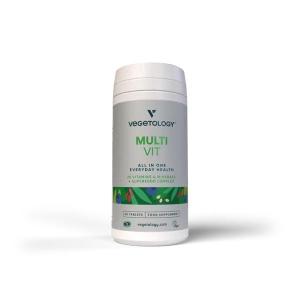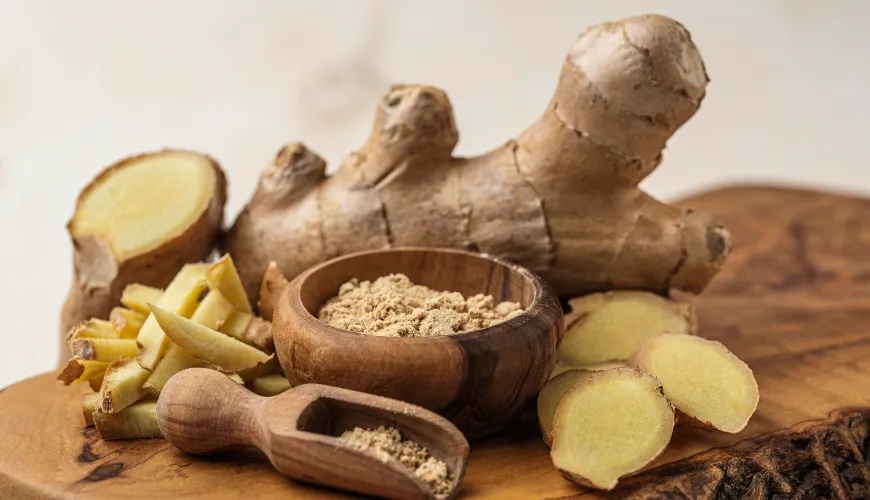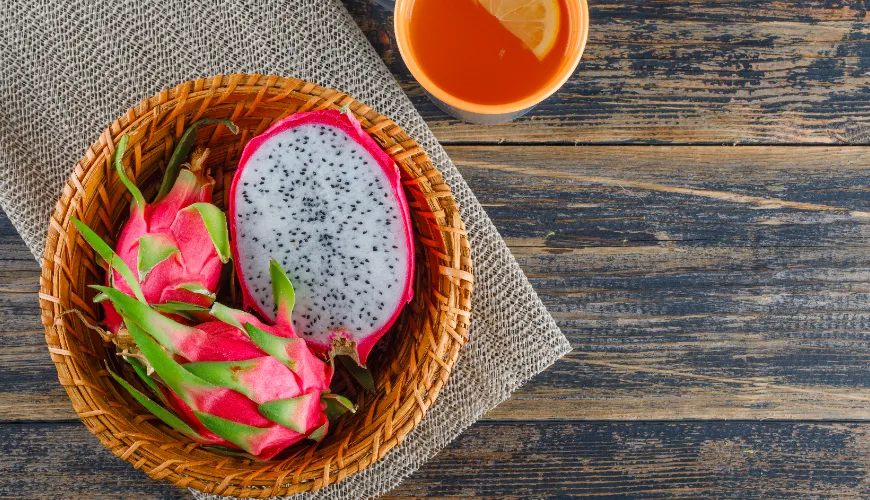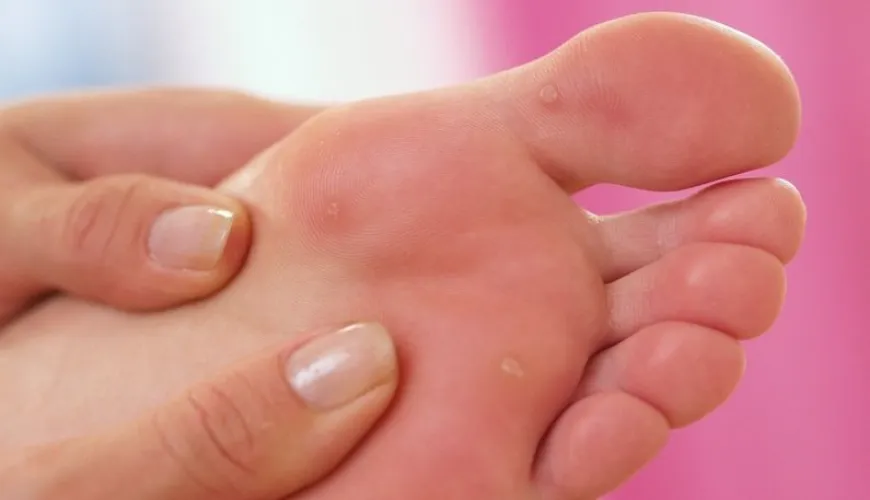
Why millet should be on your menu
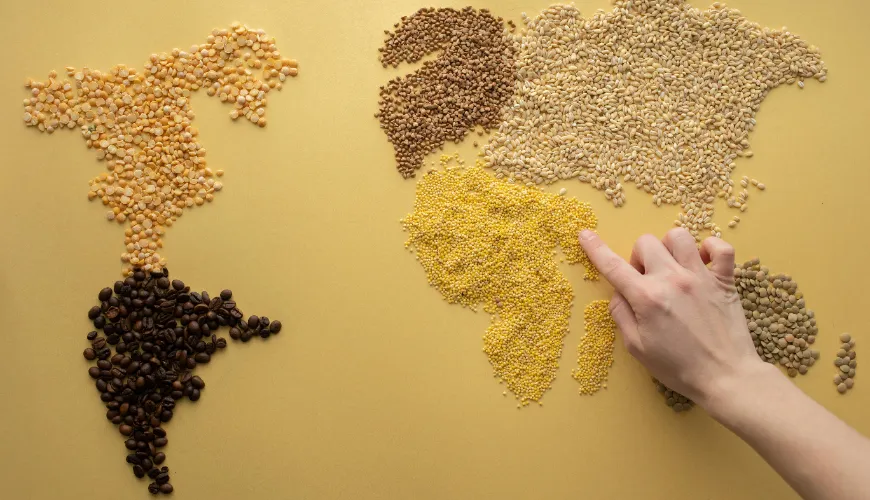
Millets, small round grains of proso seté, are one of the oldest cereals in the world. Despite their long history and rich nutritional values, they often remain overlooked in modern cuisine. Let’s dive into the world of millets and discover their charm, benefits, and ways to incorporate them into our diets.
What are millets?
Millets are hulled seeds of proso seté. After removing the hard, very tough outer husk, small, round grains remain that cook easily and have a mild, slightly nutty flavor. Millets are naturally gluten-free, making them an ideal food for those suffering from celiac disease or for those who prefer a gluten-free diet. This grain is a great source of carbohydrates, proteins, and fiber, making it a balanced and nutritious component of the diet.
History of millets
The history of millets goes back many centuries. They originally likely come from Asia, from where they later spread to the region of Central Europe. In Europe, millets were commonly consumed until they were replaced by more popular grains like wheat and rice. In the Middle Ages, millets were often used in Europe to prepare porridge and soups, highlighting their importance in the cuisine of that time. Unlike many grains and pseudo-grains that have reached us in recent generations, millets have been part of traditional nutrition in our region for many centuries.
Why eat millets?
Millets are not only tasty but also incredibly healthy. They contain high amounts of proteins, fiber, vitamins, and minerals. Here are some key reasons why millets should be part of your diet:
Millets are rich in B vitamins, iron, magnesium, and phosphorus. These nutrients are essential for the proper functioning of the body, from supporting the immune system to maintaining healthy bones and muscles. As mentioned, millets are naturally gluten-free, which makes them an excellent alternative for people with gluten intolerance.
The high fiber content promotes healthy digestion and helps prevent constipation. Regular consumption of millets can also help maintain healthy cholesterol levels. Millets have a low glycemic index, which means they do not cause sharp spikes in blood sugar levels. This is especially important for people with diabetes or for those who want to maintain stable blood sugar and energy levels throughout the day.
The minerals found in millets, especially magnesium and potassium, are key for maintaining a healthy heart. They help regulate blood pressure and support healthy heart function. Millets also contain antioxidants, which help fight free radicals in the body. Antioxidants are important for preventing chronic diseases and supporting overall health.
Try our natural products
How to prepare millets?
Millets are very versatile and can be prepared in many ways. They are great both sweet and savory, making them an ideal ingredient for various dishes. Here are two easy millet recipes to help you incorporate millets into your diet.
Millet Porridge with Fruits and Honey
This simple and nutritious recipe is perfect for breakfast or as a healthy dessert.
What you will need:
- 1 cup of millets,
- 2 cups of water,
- 1 cup of milk (plant-based milk can be used),
- a pinch of salt,
- a tablespoon of honey,
- fresh fruit (such as strawberries, blueberries, banana),
- cinnamon to taste.
Instructions:
- Rinse the millets under running water and then place them in a pot with water. Bring to a boil.
- Reduce the heat and let the millets cook for about 15 minutes until they absorb all the water.
- Add the milk and a pinch of salt. Continue to cook over low heat until the millets soften and the porridge reaches the desired consistency.
- Sweeten with honey and stir.
- Serve with fresh fruit and sprinkle with cinnamon.
Millet Salad with Roasted Vegetables and Feta
This recipe is great as a light lunch or dinner.
Ingredients:
- 1 cup of millets,
- 2 cups of water,
- a pinch of salt,
- 1 zucchini,
- 1 red bell pepper,
- 1 red onion,
- olive oil,
- 100 g feta cheese,
- juice of one lemon,
- fresh herbs (such as parsley, basil).
Instructions:
- Rinse the millets and cook them in water with a pinch of salt according to the basic method.
- Chop the zucchini, bell pepper, and onion into smaller pieces, place them on a baking sheet, drizzle with olive oil, and roast in a preheated oven at 200°C for about 20 minutes until the vegetables are tender and golden.
- Mix the cooked millets in a bowl with the roasted vegetables.
- Add crumbled feta and stir.
- Season with lemon juice and fresh herbs.
- Serve warm or chilled.
Other ways to use millets
Millets can be used not only in porridge and salads but also as a side dish for main meals or as part of baked goods and desserts. Here are some more ideas and a bit of inspiration on how to use millets in the kitchen:
Millet Risotto: Similar to rice, you can use millets as a base for risotto. Add your favorite vegetable or meat ingredients and prepare a tasty and nutritious dish.
Millet Patties: Mix cooked millets with grated vegetables, eggs, and spices, shape into patties, and fry until golden. Serve them with a yogurt dip and fresh herbs.
Millet Bread: Millets can be added to bread or muffin dough to increase nutritional value and add an interesting texture.
Millet Pudding: Mix cooked millets with milk, sugar, and vanilla, and let it set. Serve as a healthy dessert with fruits and nuts.
Millets are a superfood that fits into many delicious dishes. How you choose to use them in your kitchen is entirely up to you.
